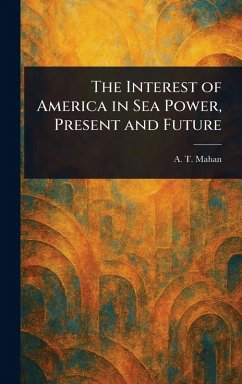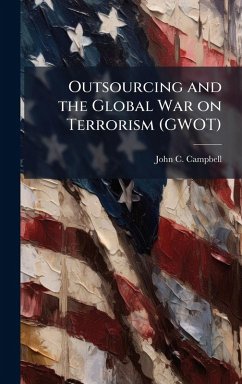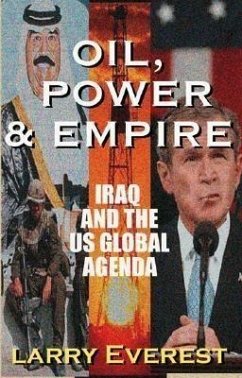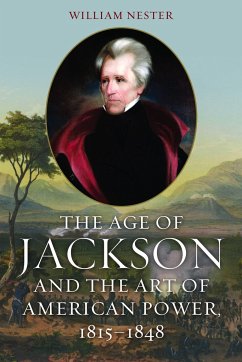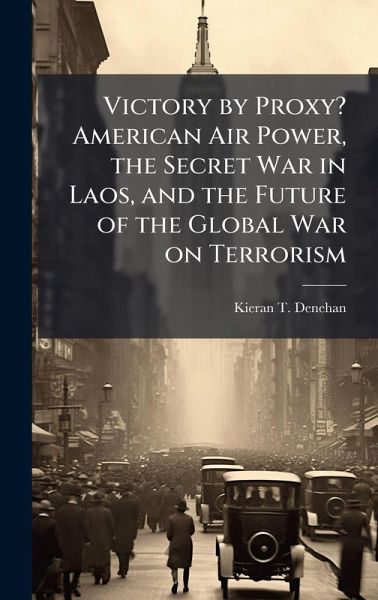
Victory by Proxy? American Air Power, the Secret War in Laos, and the Future of the Global War on Terrorism
Versandkostenfrei!
Versandfertig in über 4 Wochen
28,99 €
inkl. MwSt.
Weitere Ausgaben:

PAYBACK Punkte
14 °P sammeln!
As the Global War on Terrorism (GWOT) enters its seventh year, air power strategists must consider future scenarios where many of the current conditions that contribute to air power's effectiveness today may not exist in the future. Specifically, the synergistic partnership between air power, joint and coalition forces, and the American political administration that exists in contemporary times may be affected by any number of factors. This paper proposes that contemporary and future air strategists will have to consider three scenarios where air power will assume a primary, or at least greate...
As the Global War on Terrorism (GWOT) enters its seventh year, air power strategists must consider future scenarios where many of the current conditions that contribute to air power's effectiveness today may not exist in the future. Specifically, the synergistic partnership between air power, joint and coalition forces, and the American political administration that exists in contemporary times may be affected by any number of factors. This paper proposes that contemporary and future air strategists will have to consider three scenarios where air power will assume a primary, or at least greater, role in contributing to regional stability as the GWOT continues to unfold. Strategists will be required to consider how to develop partner-nation air forces, how to support indigenous partner-nation ground and air forces in kinetic and non-kinetic operations, and the possibility American air power will have to substitute for, rather than work with, joint and coalition ground forces. To prepare for these scenarios, contemporary and future air power strategists can examine American air power's successes and failures during the eight-year Secret War in Laos in order to draw relevant lessons and considerations. This work has been selected by scholars as being culturally important, and is part of the knowledge base of civilization as we know it. This work was reproduced from the original artifact, and remains as true to the original work as possible. Therefore, you will see the original copyright references, library stamps (as most of these works have been housed in our most important libraries around the world), and other notations in the work. This work is in the public domain in the United States of America, and possibly other nations. Within the United States, you may freely copy and distribute this work, as no entity (individual or corporate) has a copyright on the body of the work. As a reproduction of a historical artifact, this work may contain missing or blurred pages, poor pictures, errant marks, etc. Scholars believe, and we concur, that this work is important enough to be preserved, reproduced, and made generally available to the public. We appreciate your support of the preservation process, and thank you for being an important part of keeping this knowledge alive and relevant.



